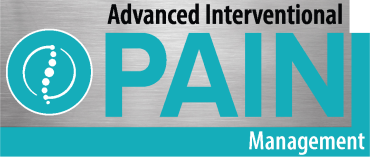Telehealth: The Advantages of Telemedicine
- August 23
- admin
- Uncategorized
The COVID-19 pandemic has triggered dramatic changes throughout everyday life — and in the medical community as well. Not only are providers across the country postponing elective procedures, but many are also encouraging people to avoid in-office appointments to reduce their risk of exposure to this highly contagious coronavirus. But what do you do if you still need health care? Fortunately, Telehealth can help.
How Telehealth works
Telehealth — or telemedicine — is a healthcare solution that allows you to meet with your doctor virtually instead of going to the office. Our 100% HIPAA-compliant system uses a two-way, high definition video, so we can talk face-to-face as if we’re in the same room together. With Telehealth, you can also:- Submit your medication list, allergies, ID cards, and medical history in advance
- Chat or share photos describing your symptoms
- Have prescriptions electronically sent to your pharmacy <



